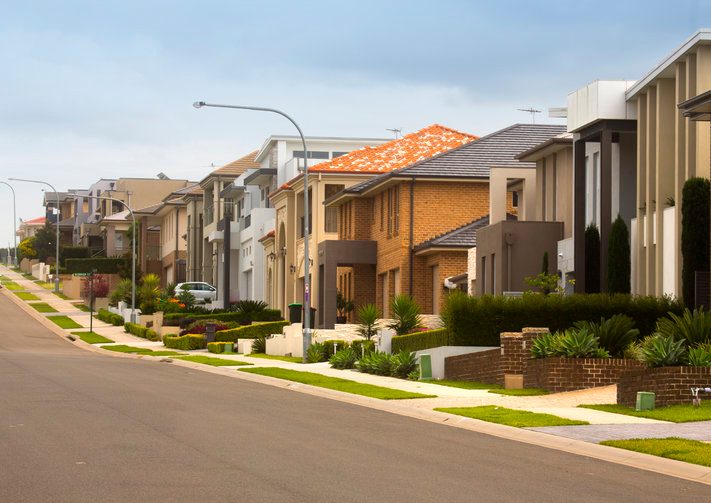This article is from the Australian Property Journal archive
HOUSING affordability has improved in Sydney, Perth and Adelaide but worsen in Melbourne and Brisbane. This imbalance and record high household debt continues to pose risks for the housing market making it vulnerable to economic shocks, Moody’s has warned.
Moody’s Investors Services latest report, found despite the improvement in Sydney, Perth and Adelaide, housing affordability deteriorating on average on an Australia-wide basis.
Vice president and senior analyst Alena Chen said the improvement in Sydney, which has resulted from a slight decline in housing prices from high levels, is a positive development in a city where housing affordability has deteriorated considerably since 2012.
“Nevertheless, despite the recent improvement in Sydney, the city remains the least affordable in Australia,” she said. “In September 2017, on average across Australia, affordability was actually better than the average for the past 10 years. However,
homeowners in Sydney paid 1.6 percentage points more of their monthly incomes towards mortgage repayments than the average for the past 10 years, despite historically low interest rates,”
The affordability of both houses and apartments worsened, though the situation varied between cities.
In Sydney, the proportion of household income needed to meet mortgage repayments decreased moderately by 0.5 percentage points to 36.2% over the year to September 2017. Median housing prices in Sydney declined slightly (-0.4%) over the year to September 2017, after rapid growth over the previous five years.
Median housing sales prices increased by an average of 7% over the year to September 2017, while incomes increased by 1.6% and average mortgage interest rates declined by 5 basis points. Housing price growth far outpaced the moderate growth in income and marginal reduction in interest rates, leading to a deterioration in housing affordability on average Australia-wide.
Melbourne recorded the largest deterioration in housing affordability of any city over the year. The proportion of household income needed to meet mortgage repayments in Melbourne rose to 31.2% in September 2017 from 29% in September 2016. Melbourne house prices increased 11.9% over the year, more than any other Australian city. Although growth in average weekly income in Melbourne (3.2%) was also higher than most other cities over the year, this was not enough to offset the impact of rising housing prices.
In Brisbane, the proportion of household income needed to meet mortgage repayments increased more moderately by 0.9 percentage points to 24.2% over the year to September 2017. Median house prices and income increased by 5.1% and 0.5% respectively in the city.
In Perth, housing affordability improved the most of any capital city over the year, with the proportion of income needed for mortgage repayments dropping to 19.4% in September 2017, from 20.9% in September 2016. Perth is the most affordable city in the country and housing affordability in Perth is now better than at any time in the last 10 years. Median house prices have been on a downward trend since 2014 and fell by 5.8% over the year to September 2017.
In Adelaide, the proportion of monthly income needed to meet monthly mortgage repayments declined by just 0.1 percentage point to 21.8%.
Chen said the housing imbalance and Australia’s household debt as a percentage of household disposable income is at a record high 193.7% – continue to pose risks to the performance of RMBS.
“High debt levels make households more vulnerable to economic or housing market shocks, and make meeting mortgage repayments more difficult, increasing the risk of delinquencies and defaults,”
According to Moody’s, on average, Australian households with two income earners taking out an 80% loan-to value loan, needed 28.7% of their monthly income to meet monthly mortgage repayments in September 2017, up from 27.4% in September 2016.
Australian Property Journal




